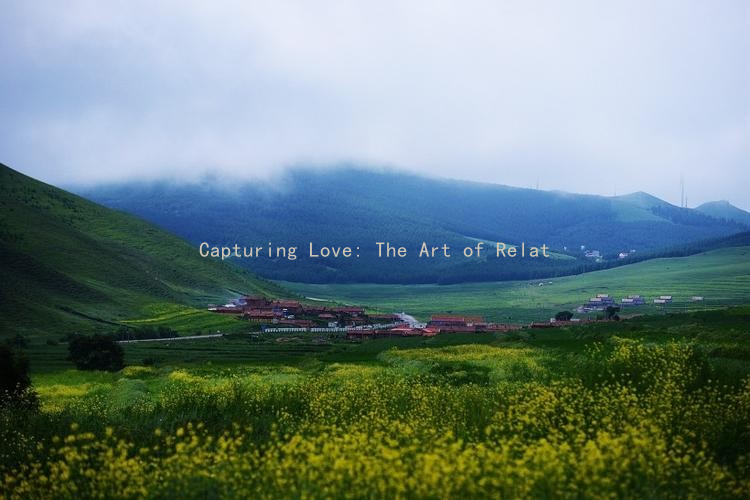Exploring Cultural Perspectives on Love: Techniques for Effective Relationship Dialogue
Exploring Cultural Perspectives on Love: Techniques for Effective Relationship Dialogue
In the realm of love and relationships, cultural influences play a significant role in shaping our perceptions, practices, and expectations. Each culture offers unique insights into romantic engagement, communication styles, and the rituals surrounding love. Understanding these cultural perspectives can enhance relationship dialogues and empower individuals to foster meaningful connections. This article explores several techniques for effective relationship dialogue while incorporating cultural dimensions of love.
One of the first steps to engaging in effective relationship dialogue is to cultivate active listening. In many cultures, listening is regarded as a sign of respect and affection. By truly listening to your partner’s thoughts and feelings, you demonstrate not only your interest but also your commitment to understanding their perspective. Techniques such as reflective listening, where one paraphrases what the other person has said, can further affirm understanding and encourage openness. This approach is particularly prevalent in cultures that value harmony and relational cohesion, where miscommunication can lead to significant misunderstandings.
Additionally, it is essential to be aware of non-verbal communication cues, which vary widely across cultures. Gestures, facial expressions, and body language can convey emotions and intentions that words may sometimes fail to express. For example, in some cultures, maintaining eye contact is a sign of honesty and engagement, while in others, it may be considered disrespectful. Being sensitive to these differences can enhance mutual understanding and create an atmosphere of trust. Engaging in dialogues that acknowledge these nuances can foster deeper connections and bridge gaps that may arise from cultural misunderstandings.

Language plays a pivotal role in relationship dialogue. Expressing love and affection can take myriad forms, influenced by cultural idioms and expressions. Learning and incorporating your partners cultural phrases or terms of endearment can signify your respect and appreciation for their background. Techniques such as exploring linguistic traditions, like the use of proverbs or poetry about love in different cultures, can enrich conversations and create a shared vocabulary that encapsulates your unique relationship.
Conflict resolution is another important aspect of effective relationship dialogue. Different cultures approach conflict in varying ways, with some encouraging direct confrontation while others prefer indirect, subtle approaches. Understanding how your partner’s culture influences their conflict style can be instrumental in navigating disagreements. Techniques such as seeking a middle ground, practicing patience, and adopting a problem-solving mindset can facilitate more productive discussions. By respecting these cultural differences and striving for collaborative solutions, partners can strengthen their bond, even in challenging times.
Moreover, expressing gratitude and appreciation is vital in maintaining healthy relationships. Cultures around the world emphasize the importance of showing thankfulness in different ways. Techniques such as writing love letters, verbal affirmations, or small gestures of kindness can convey appreciation meaningfully. This encourages a positive feedback loop that reinforces love and commitment, vital for any relationship.
Ultimately, exploring cultural perspectives on love requires openness, curiosity, and a willingness to learn from one another. By applying techniques such as active listening, recognizing non-verbal cues, embracing language differences, navigating conflict with empathy, and expressing gratitude, individuals can enhance their relationship dialogues. Bridging cultural gaps not only fosters understanding and respect but also enriches the emotional tapestry of love, creating a stronger, more resilient partnership.





